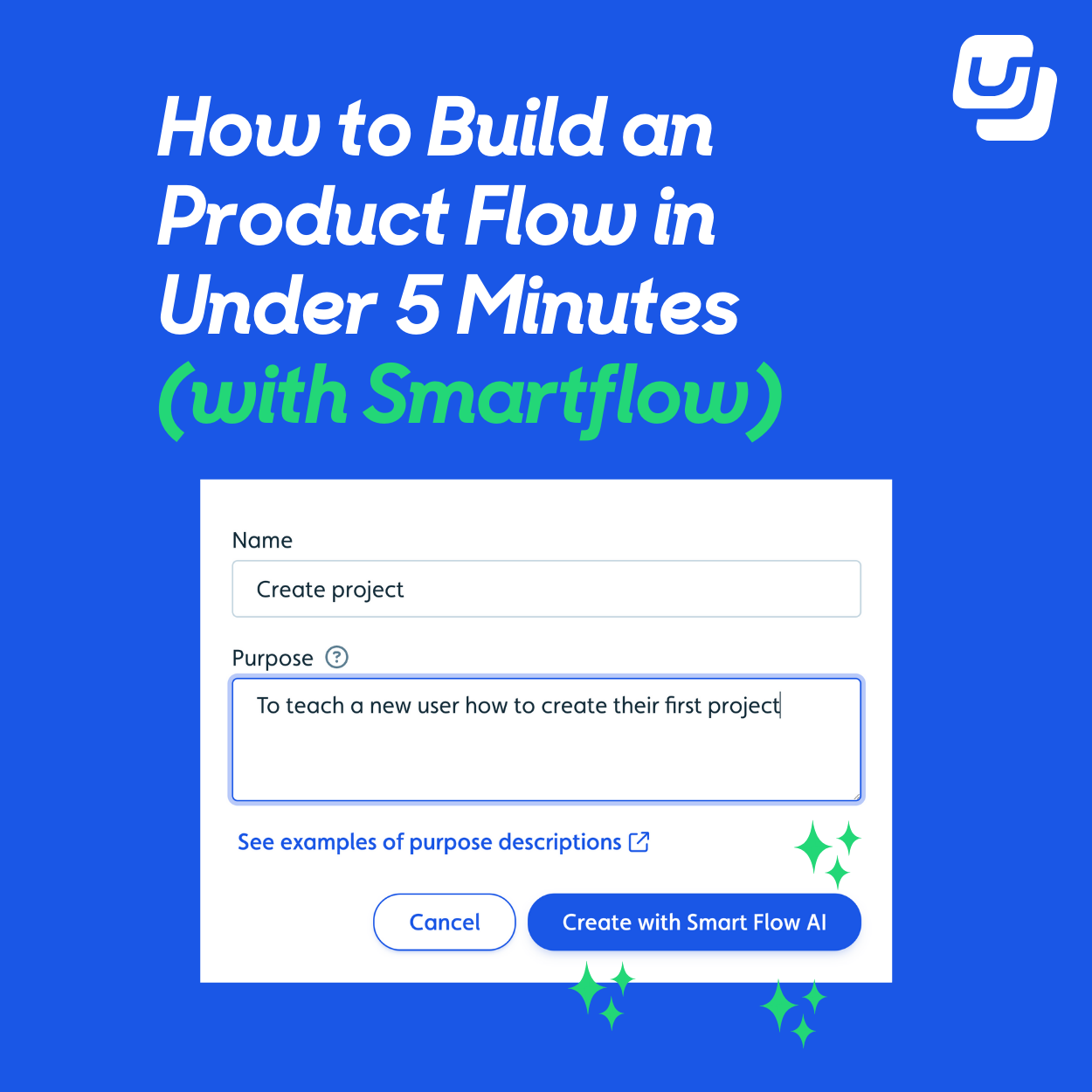As more and more business is moving online, SaaS products are becoming increasingly advanced. To ensure conversion, adoption and retention even the most intuitive products require a strong focus on the onboarding experience. I recently joined Userflow as a co-founder where we are on a mission to make this easier. In this blog post series, I will try to highlight key steps to take to build a great SaaS onboarding journey. This first post is focused on the first logical step, namely setting a goal for why you want to improve your onboarding in the first place.

Setting a Goal
Before you embark on the journey of improving your onboarding experience, it’s important to know what the end goal is. The goal should ideally be measurable and specific (yes, I guess we all know SMART by now). Examples of goals could be:
- Reduce Customer Acquisition Cost (CAC) and Customer Service cost for our SMB customer segment from xx to yy
- Increase conversion rates on free trials from xx to yy
- Increase Net Dollar Retention (NDR) or LifeTime Value (LTV) from xx to yy for our enterprise customer segment
- Increase % of customers buying the Pro package
- Increase NPS for SMB customer segment
- Reduce # of support tickets from the enterprise customer segment
Knowing your goal will help ensure that you focus on the right things when building your onboarding. A way to find out where you should improve, is to compare your metrics to other SaaS peers. There are tons of resources/tools available for this, some listed below.
Resources/Tools for comparing and tracking SaaS metrics:
Measuring Success
When you start implementing your onboarding flow it's key to keep tracking the original goal and how each iteration helps in reaching it. Sometimes you can split the overall success metric into smaller KPIs that you can use to have a more granular view of the success of your onboarding. Examples of more granular KPIs would include
- Number of customers who completed the onboarding vs. not
- ARR for customers who completed the onboarding vs. not
- NDR for customers who completed the onboarding vs. not
- Number of support tickets from customers who completed the onboarding vs. not
What is next?
Having a clear goal will make it a lot easier to both do research as well as building the onboarding flow. Once you have your goals set, the next step is to research how to improve onboarding. In the next post, I will focus more on how to approach that in a structured way.
CONTENTS













%20(2).png)









